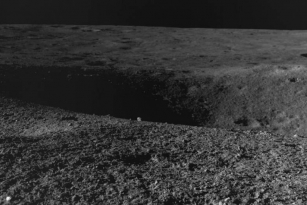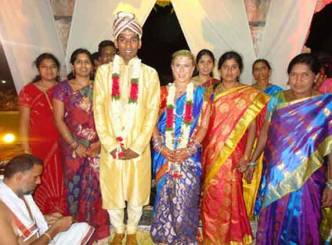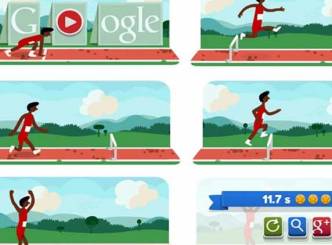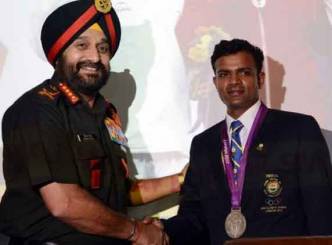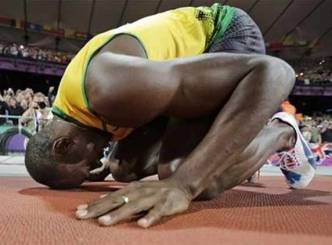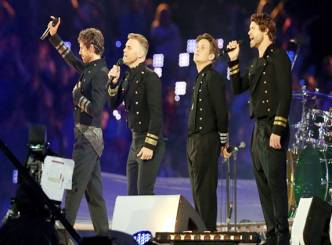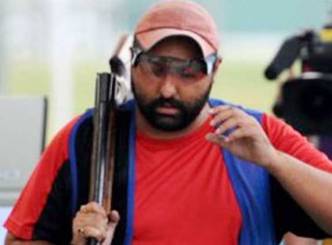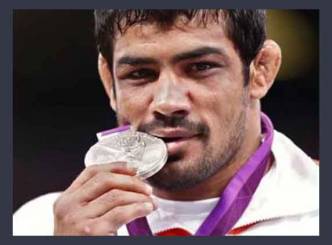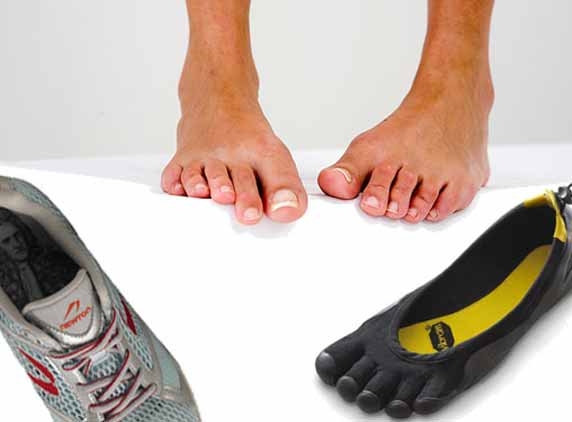
London Olympics 2012, is at the moment high on the agenda. But how far have we emerged in our research about barefoot running. While the supporters claim that as humans, running is a basic instinct and it needs no shoes. On the other hand the opposers say that by running barefoot the reasons for injuries and the intensity increases. However there is really no evidence, as of now available, to support either of the statements. One basic theory is quite true the way, one gets trained is the best way to continue and a sudden change might affect performance. A recent article listed in the Journal of Strength And Conditioning once again drew flake about the issue. Carey Rothschild, an instructor of physical therapy at the University of Central Florida in Orlando who specializes in orthopedic sports injuries concluded that there is no perfect recipe for the issue.
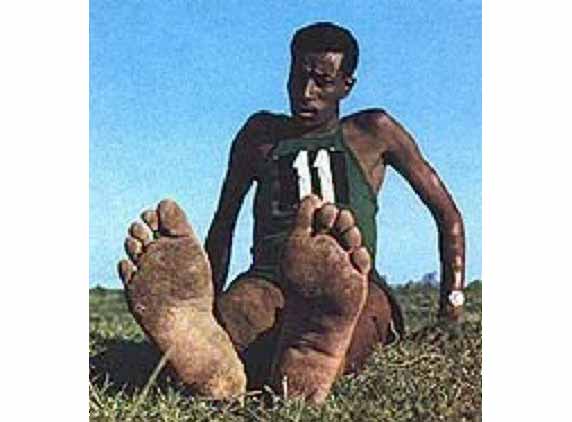
And how did this argument evolve, it is quite predominant that all of us run and mostly with or with out shoes. But the argument took center stage when bare footed Ethiopian runner Abebe Bikila made history when he earned a gold medal at the 1960 Summer Olympics in Rome. Infact Bikila was not very comfortable with the pair of shoes given to him. And instantly he reckoned his practice sessions back home and ran on barefoot.

Post her research over the issue, Rothschild remarked that 'The research is really not conclusive on whether one approach is better than the other. But what is clear is that it's really a matter of developing a good running form and sticking to it, not suddenly changing it.'
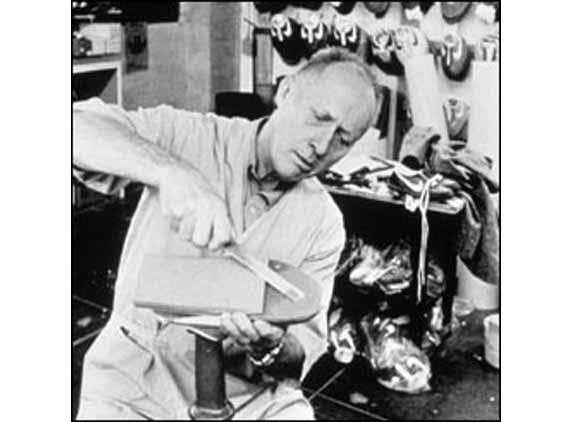
Post her research over the issue, Rothschild remarked that 'The research is really not conclusive on whether one approach is better than the other. But what is clear is that it's really a matter of developing a good running form and sticking to it, not suddenly changing it.'
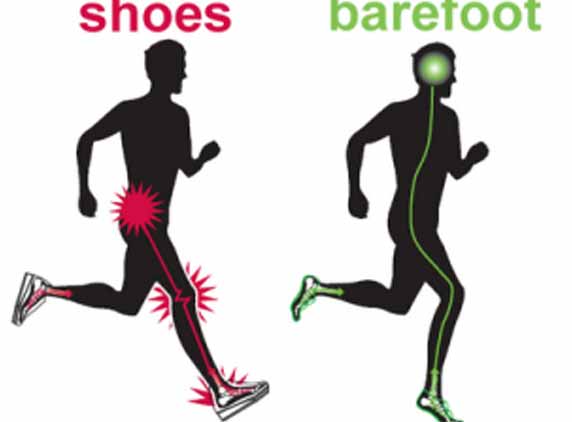
However when did we start using running shoes that is a history too. The running shoe as we know it today is a result of efforts made by a man named Bill Bowerman and a small company out of Beavertown, Oregon called Nike to produce a shoe that had better grip on the track. At first Bill sold shoes out of his car trunk, but it has evolved into a multimillion dollar industry.
Scientists have found that those who run barefoot, or in minimal footwear, tend to avoid "heel-striking," and instead land on the ball of the foot or the middle of the foot. By landing on the middle or front of the foot, barefoot runners have almost no impact collision, much less than most shod runners generate when they heel-strike. Well however consensus on this issue had been at cross roads and emerges as a raging topic every time in Olympics. May be the next Olympics will give us an clearer insight in to the issue. (With inputs from internet-AW AarKay)











